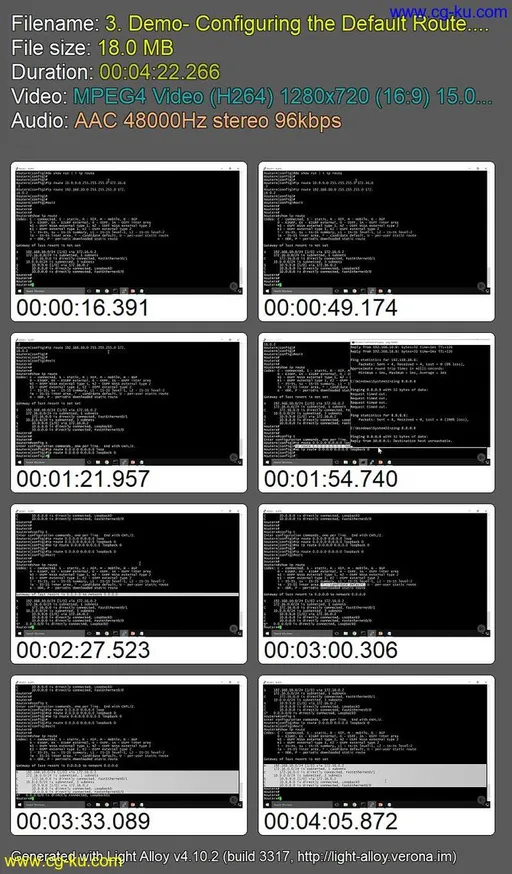Ross Bagurdes | Duration: 4 h 46 m | Video: H264 1280x720 | Audio: AAC 48 kHz 2ch | 926 MB | Language: English +.srt | 2020
Understanding how data moves across networks with IPv4 and IPv6 is the cornerstone of CCNA studies. This course explains in detail how IPv4 and IPv6 routing operates with extensive demonstrations to explain how routers move IP packets.
The entire purpose of a router is to move packets from one interface to another. In this course, Routing IPv4 and IPv6, you will explore in detail how IPv4 and IPv6 routing works. First, you will start by learning how ARP operates, allowing IPv4 packets to be sent in an Ethernet frame. Next, you will examine how you can get IP packets off of a network by using the default gateway configuration on a PC, and then take a look at what happens after the router receives the packet, and uses a route to forward the message. Finally, you will discover how to specify and configure static routes for both IPv4 and IPv6. By the end of this course, you will have a better understanding of troubleshooting tools, how to use them to effectively troubleshoot a network, and how you can set up a redundant IPv4 network using static routes.


发布日期: 2020-04-06